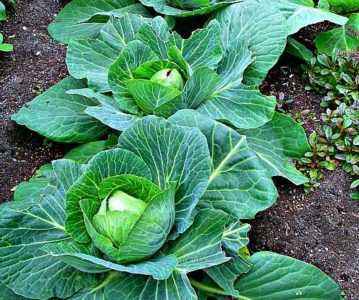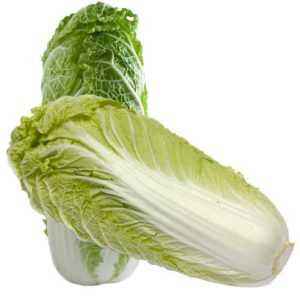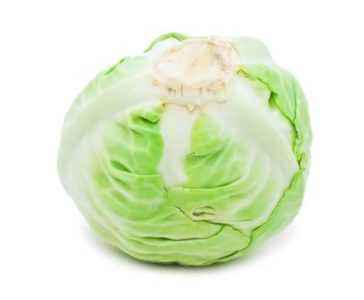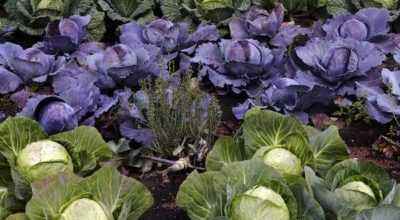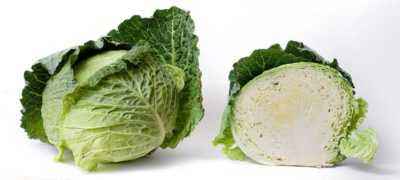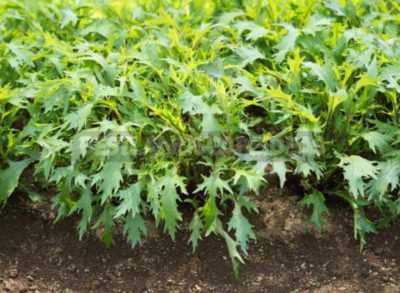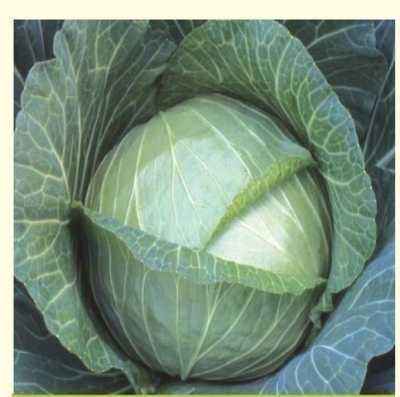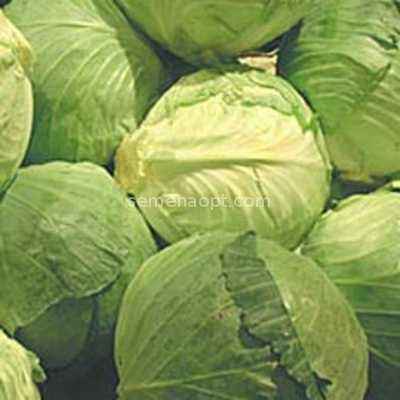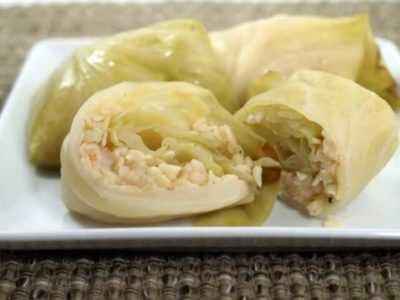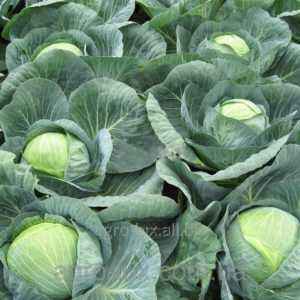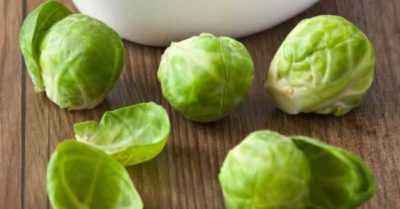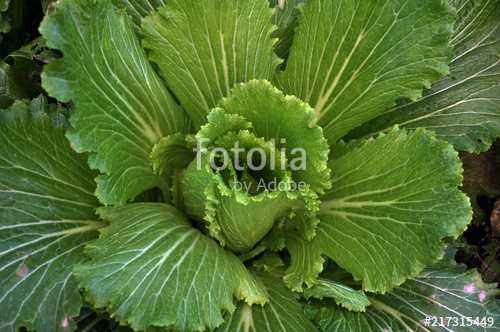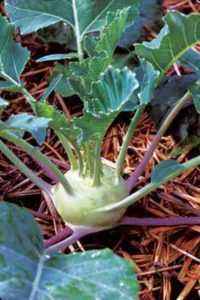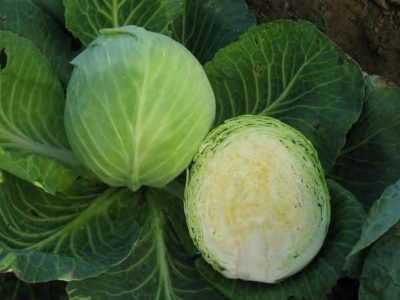Cabbage diseases can be fungal, bacterial and viral. They differ not only in signs, but in methods of struggle.
- Bacterial and viral diseases
- Mucus bacteriosis
- Vascular bacteriosis
- Mosaic of cabbage
- Fungal diseases
- Alternariosis (black spotting)
- White rot
- Kila
- False powdery mildew (peronosporosis)
- Rhizoctoniasis <
- Black leg
- Pest infections
- Conclusion
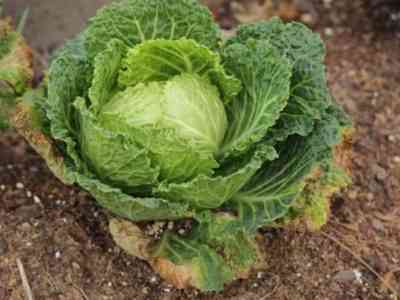
Cabbage diseases and methods of dealing with them
Bacterial and viral diseases
Not due to fungi, but due to improper care.
Characterized by the presence of mucus. with their exposure the heads of cabbage change color to black. Such vegetables require elimination.
Mucous bacteriosis
The reason for the appearance is incorrect storage conditions. This disease of cabbage occurs when the temperature in the room where the heads of cabbage are stored is exceeded. Other reasons are excessive watering, which causes the root system to decay, too large doses of nitrogen fertilizers, crop rotation failure.
Mucosal bacteriosis due to bacteria is formed. It can develop in 2 ways. The first – rot the outer leaves. They are characterized by an unpleasant odor.The stump begins to rot and becomes soft, watery.
Description of the second variant of the development of this disease of cabbage:
- Starts to rot the head of cabbage.
- Mucus appears on the leaves.
- Leaflets that are covered with mucus and acquire a dark shade are affected.
Methods of control and prevention
It is impossible to save a crop that has affected mucous bacteriosis. It is necessary to discard infected heads of cabbage.
It is important to adhere to the rules for planting this vegetable crop initially:
- treat the seeds with a soap or manganese solution;
- treat the soil before planting 0.1 % Phytobacteriomycin;
- observe the optimal storage regimen (room temperature from -1 to 1 ° C);
- regularly inspect vegetables for pests or signs of disease;
- carry out disinfection in fruit storage areas.
Vascular bacteriosis
Vascular bacteriosis affects the growth s after a rain or due to adverse effects of pests. This disease of cabbage can occur at any stage of the development of the vegetable – when transplanting seedlings or even before harvesting.
Main symptoms:
- the edges of the leaves turn yellow first;
- gradually they become dark;
- the vessels of the leaf plate turn black;
- at the last stage, the leaves become dark yellow (sometimes even rusty) and fall off.
Methods of struggle
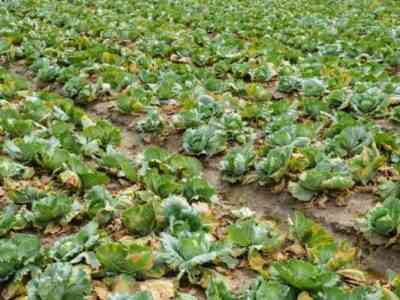
Patients heads need to be destroyed
If the affected heads are not destroyed on time, the entire crop can become infected. This is due to the long life of the bacterium – it lives about 2 years.
To overcome this disease of cabbage, you need to treat the seedlings with Fitolavin-300. The consumption rate is 10-15 ml per 10 liters of water. This is enough for processing 1-2 m2 of soil.
Another effective tool is 0.1% Binoram solution. 200 ml of the drug is diluted in 10 l of water. The solution is applied under the root. It is advisable to do this before the rain.
Prevention
You can plant cabbage in the place where the infected vegetable crop grew, after 3-4 years. After eliminating diseased heads of cabbage and before planting new plants, the soil is cultivated at least 3 times.
Only treated seeds are sown. As a prophylaxis, folk methods take a garlic solution: 25 g of garlic puree is diluted in a 200-ml glass of water. In it, the seeds are infused for a maximum of 20 minutes, after which they are washed and dried. When growing, the roots of the sprouts are dipped in a mixture of mullein and Fitolavin-300.
Mosaic of cabbage
This disease of cabbage is transmitted through weeds affected by aphids. At the beginning of the development of the mosaic, the leaves brighten (become almost white). They stop growing and soon begin to frown.Black spots gradually appear over the entire head of the head.
Control methods and prevention
- Weed control. They need to be cleaned constantly, because they tend to multiply and spread quickly in the garden.
- Fight against aphids. At first, you need to fight not with the insects themselves, but with the ants. You need to find their nests and pour boiling water or kerosene.
The affected heads are dug up. You can’t just throw them away, just burn them. Then the virus will not spread to other vegetables.
Fungal diseases
Practically all fungal diseases of cabbage arise due to improper care.
Excessive watering, storage under inappropriate conditions, neglect of preventive measures are the main causes of the development of fungal diseases.
Alternariosis (black spotting)
The disease of seedlings of cabbage, which appears in places of storage of vegetables.
Description of signs of alternariosis:
- chern spots and stripes along the leaves on the seedlings;
- black coating in the form of soot on adult heads of cabbage;
- a coating inside the heads of cabbage, which passes to the whole plant.
Methods of struggle
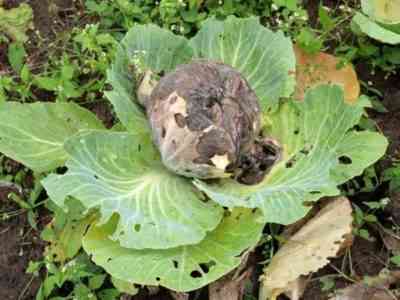
How take action as soon as possible
Spraying with fungicides is carried out after detecting the first signs of cabbage disease. To do this, use drugs:
| Name of the fungicide | Consumption rate per 1 ha |
| Acrobat | 1 liter |
| Antracol | 1.5 kg |
| Ditan M -45 | 1.2-1.6 kg |
| Quadris | 0.6 L |
| Kuproksat | 3-5 l |
| 250 EC speed | 0.5 l |
The second time they are sprayed with the same means during the growing season. It is important to adhere to the indicated consumption rates so as not to harm the plant.
White rot
Causes damage to the heads of cabbage during the growing season and during storage. All cabbages that have any flaws in appearance – cracked, dented, etc. are susceptible to infection. Cracks are an ideal environment for the development of the fungus. The main manifestation of white rot is mucus on the outer leaves.
Methods of control and prevention
Such leaflets must be removed immediately. If this is not done, white rot will hit the rest of the heads.
To avoid white rot, do not disturb crop rotation. You can plant other varieties of cabbage in the same place only after 3-5 years.
After the destruction of the affected heads of cabbage, the storage location is disinfected and washed with soapy water. The same thing is done with a greenhouse if cabbage was grown in it.
Kila
The main causative agent of the keel is the cystospores that live in the soil. They hit the roots, which leads to their decay. Therefore, such a disease in the early stages is problematic to notice. To find out, you need to dig a plant from the ground.
Main signs:
- withering and blanching of leaves;
- thin stems of seedlings;
- growths on the roots.
Under the influence of keel, plant growth stops. Leaves fall. The root turns dark brown and dies.
Methods of struggle
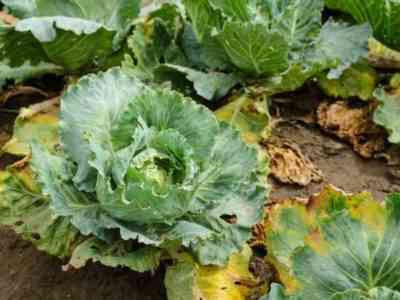
Infected plants must be destroyed
An excellent environment for the distribution of keel is rainy and cool weather, plentiful watering. Therefore, to protect cabbage from the disease, it is recommended to stop watering for a while.
Methods of treatment:
- remove and burn seedlings or adult heads of cabbage;
- disinfect the soil with a Bordeaux mixture;
- to add 4 g per 1 m2 of colloidal sulfur to the soil.
It is important for 4-5 years not to plant similar vegetables in the place where the infected vegetable crop grew. You need to grow crops that kill the fungus. These are tomatoes, peppers, eggplant, onions, garlic, spinach.
Downy mildew (peronosporosis)
Affects young plants, transplanted seedlings. The head of cabbage gradually turns gray or yellow. A plaque appears on the underside of the outer leaves. Then they detach from the head and fall off. Cabbage stops developing and then dies.
Methods of control
It is necessary to remove the area from infected leaves. Then you need to normalize the humidity level in the greenhouse.
The protection of cabbage from downy mildew is to spray 1-% Bordeaux mixture. Consumption – 500 ml per 10 liters of water.
Another treatment option is the treatment of TMTD (thiram) or planriz. Take 400 g per 2 liters of water. This is enough to process 6-8 heads of cabbage.
Rhizoctoniosis
It is formed if infected soil gets on the leaves. First, rust-like orange spots appear. Later they become lighter and acquire a yellow tint. After 5-7 days, the spots grow and affect literally the whole head of cabbage.
Description of signs of cabbage disease rhizoctoniasis:
- ulcers appear on the petioles;
- the leaf plate becomes thin , covered with holes;
- the root necks turn yellow;
- the roots look scruffy.
As with the defeat of many other fungal diseases, the plant dies.
Control and prevention methods

The plant may die
When you see the first signs of this disease of cabbage, you need to spray the plant with a 0.2% copper solution. For this, 100 g of copper is diluted in 10 l of water. This is enough to spray 2 m2 of plantings.
Prevention is to comply with the conditions of planting. Plants need to be examined in a timely manner for signs of disease.
Blackleg
The causative agent of this disease is in the soil. It gets into it from other, infected plants that grew here earlier.
The black leg usually affects Beijing or white cabbage. The development of the disease contributes to an increased level of soil acidity and abundant watering. Also, excessive application of nitrogen fertilizers and a dense planting of a vegetable crop negatively affect.
Darkening appears on the seedlings under the influence of a black leg. Soon it covers the root and the whole plant. As a result, the root system becomes thinner, the plant dries up.
Methods of struggle
A solution based on 1% potassium permanganate (manganese) will help to get rid of the black legs at an early stage. For this, 1 g of potassium permanganate is diluted in 100-150 ml of water. After which the solution should be infused for 7-10 hours. The agent is applied under the head of the heads of cabbage.
Also, the treatment plantings are treated with Fundazole or Planriz.Take 15 g of Fundazole, which is diluted in 10 liters of water. It can be applied under the root or sprayed using drip irrigation. A solution based on glaze is prepared from 30-50 ml of a substance in a bucket of water.
Pest infections
Not only fungal, bacterial and viral diseases can affect cabbage.Various pests can do this:
Conclusion
Cabbage is susceptible to various diseases, and the fight against them must be timely and effective. This vegetable culture can be affected by fungal diseases (rhizoctoniosis, blackleg, keel), bacterial and viral diseases (mucous and vascular bacteriosis, mosaic). Pests have negative effects on vegetable leaves: cabbage flies and leaf beetles, whiteflies, cruciferous fleas. Cabbage is protected from most diseases by chemicals or folk remedies.
